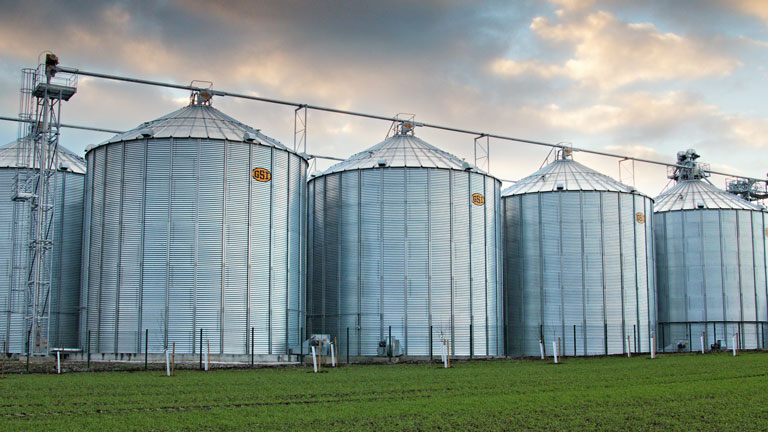When it comes to storing grain, maintaining its quality is of utmost importance. Proper aeration is a key factor in preserving grain quality and preventing spoilage. GSI Grain Bin Aeration Systems have revolutionized the industry by providing effective airflow management, ensuring optimal grain conditions and reducing the risk of grain deterioration. In this article, we will delve into the significance of GSI Grain Bin Aeration Systems and how they optimize airflow for grain quality preservation.
Optimizing Airflow for Grain Quality Preservation:
GSI Grain Bin Aeration Systems are designed to address the challenges associated with grain storage. One of the primary goals is to control temperature and moisture levels within the grain bin. Proper airflow helps to regulate these factors, preventing the growth of molds, fungi, and insects that can lead to spoilage and grain loss.
These aeration systems utilize fans and ducts strategically placed throughout the grain bin. The fans create a positive pressure system, pushing air through the grain mass. This allows for even distribution of air and prevents the formation of hot spots or areas with excessive moisture content.
The aeration fans draw ambient air into the grain bin, which helps to remove excess moisture and reduce the temperature. By maintaining proper temperature and moisture equilibrium, the grain’s quality can be preserved over an extended period.
Benefits of GSI Grain Bin Aeration Systems:
- Mold and Fungus Prevention: Proper airflow discourages the growth of molds and fungi, which thrive in warm and moist environments. By keeping the grain cool and dry, GSI Aeration Systems effectively minimize the risk of these contaminants.
- Insect Control: Insects are a common threat to stored grain. Aeration systems help create an inhospitable environment for insects by reducing humidity levels and regulating temperature. The consistent airflow disrupts the insects’ breeding and survival conditions, effectively controlling infestations.
- Moisture Content Control: Excessive moisture can lead to grain spoilage, caking, and even structural damage to the bin. GSI Aeration Systems allow for precise control of moisture levels, ensuring that the grain remains within the optimal moisture range for storage.
- Temperature Regulation: Heat generated by grain respiration can cause localized heating, leading to grain deterioration and potential fire hazards. Aeration systems help dissipate heat by drawing cooler air through the grain mass, maintaining a uniform temperature throughout the bin.
Conclusion:
GSI Grain Bin Aeration Systems have become an indispensable tool for grain storage, revolutionizing the industry by optimizing airflow and preserving grain quality. By controlling temperature and moisture levels, these systems mitigate the risks of spoilage, mold growth, insect infestation, and caking.
Investing in a GSI Aeration System ensures the long-term preservation of grain quality and reduces the likelihood of financial losses due to spoilage or compromised grain value. Farmers and grain operators can have peace of mind knowing that their grain is stored under optimal conditions, maintaining its market value and nutritional integrity.
As the agricultural industry continues to evolve, it is crucial to embrace technological advancements that enhance efficiency and minimize risks. GSI Grain Bin Aeration Systems are a testament to this progress, providing reliable and effective solutions for grain storage. By optimizing airflow, these systems contribute to the sustainability and profitability of grain operations, ultimately benefiting farmers, grain handlers, and consumers alike.
